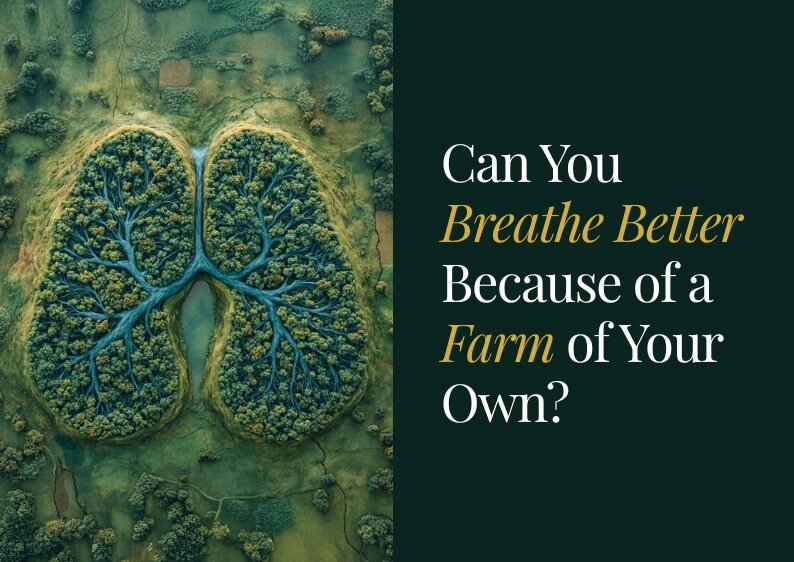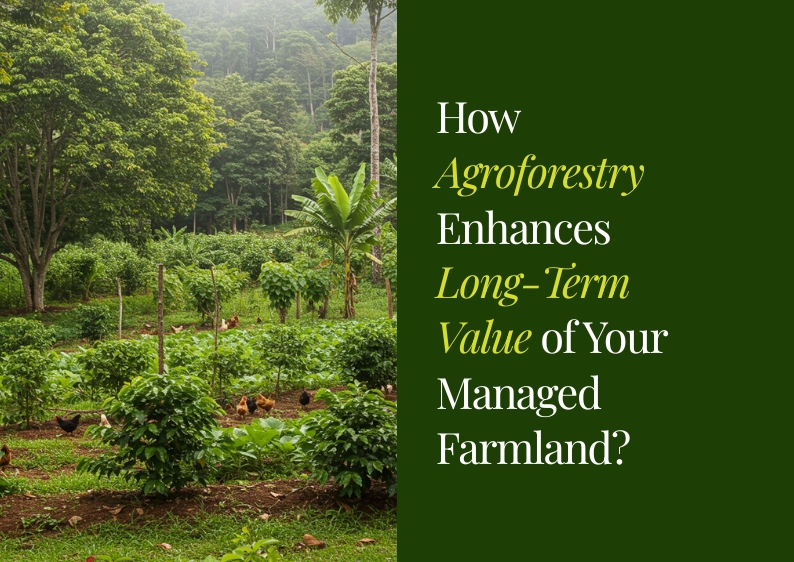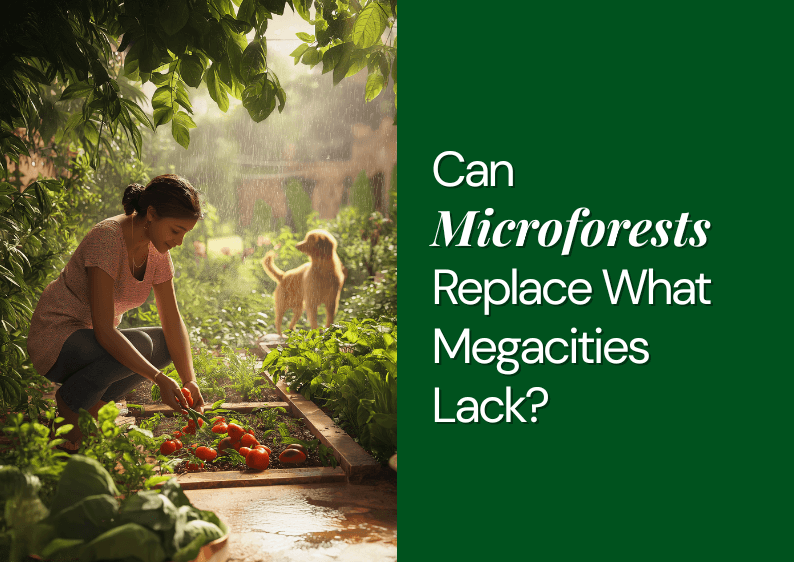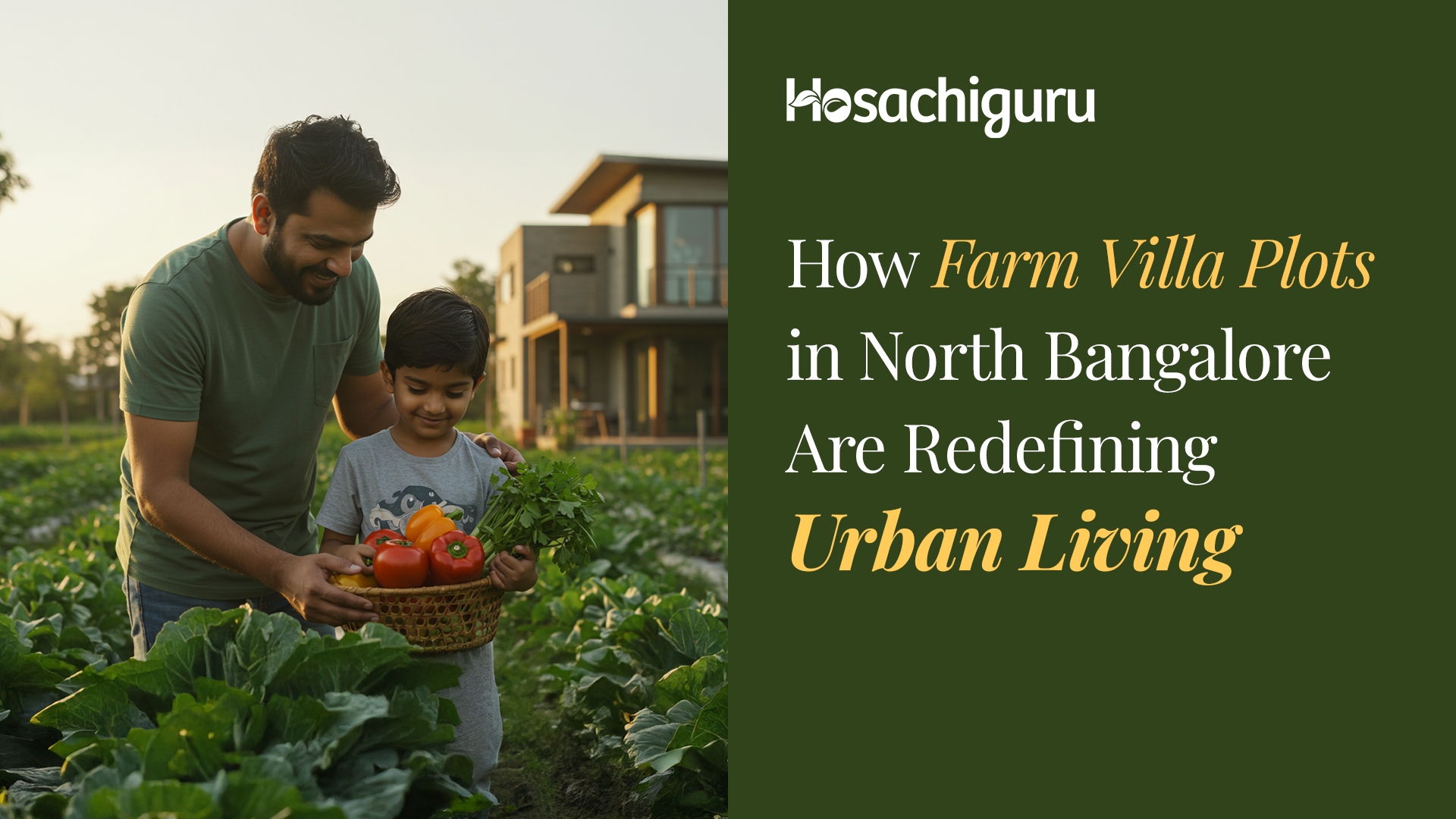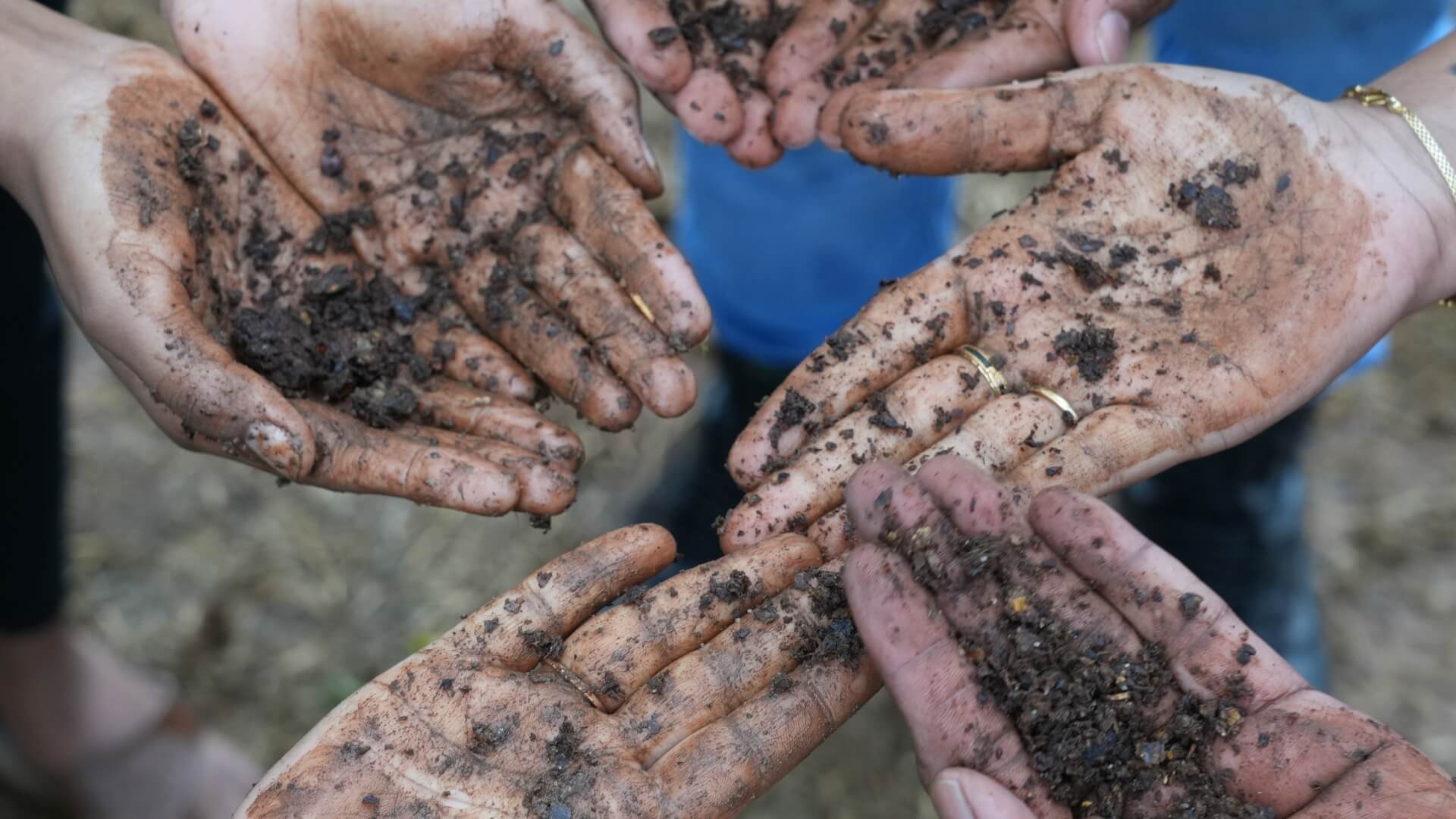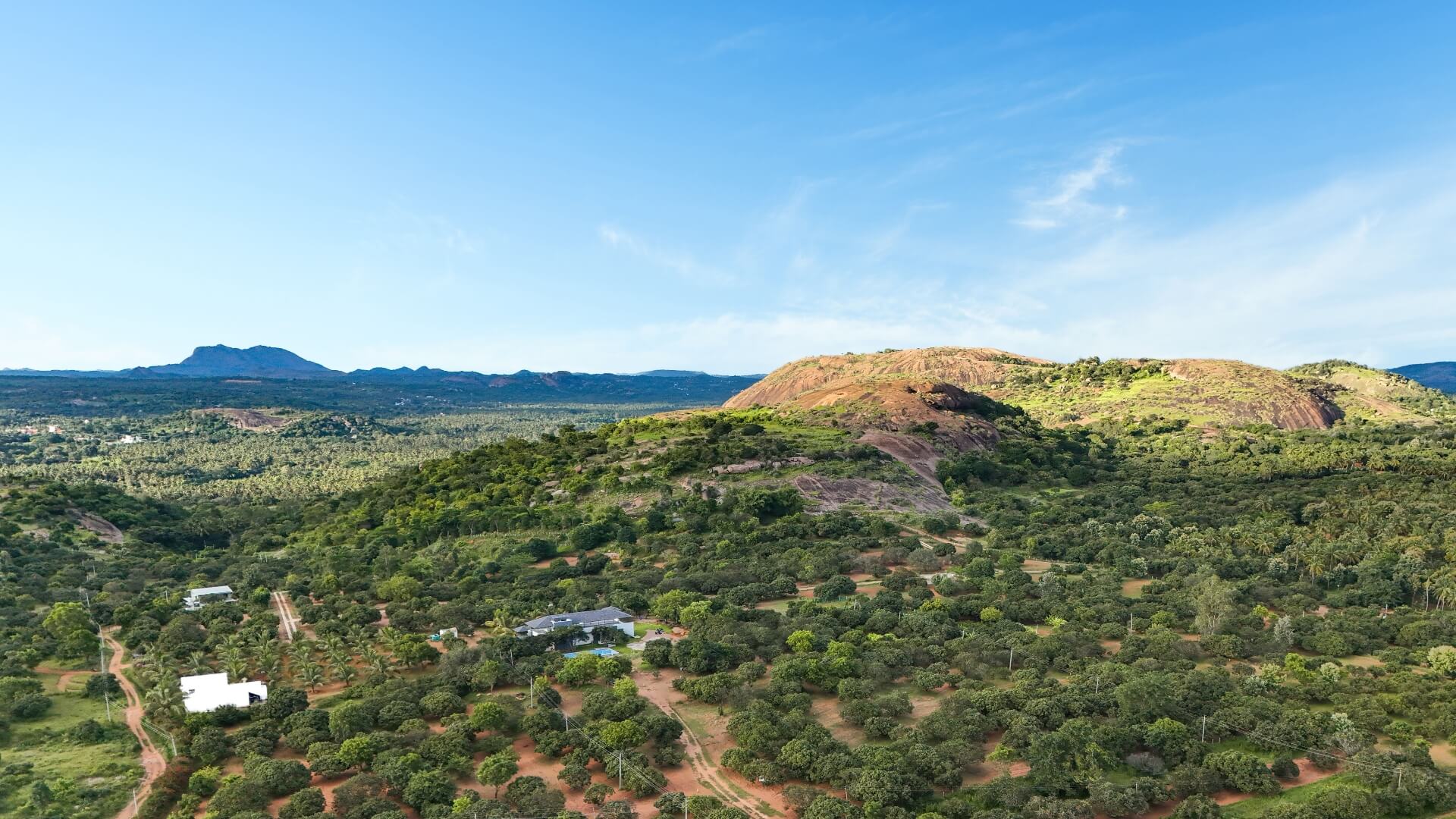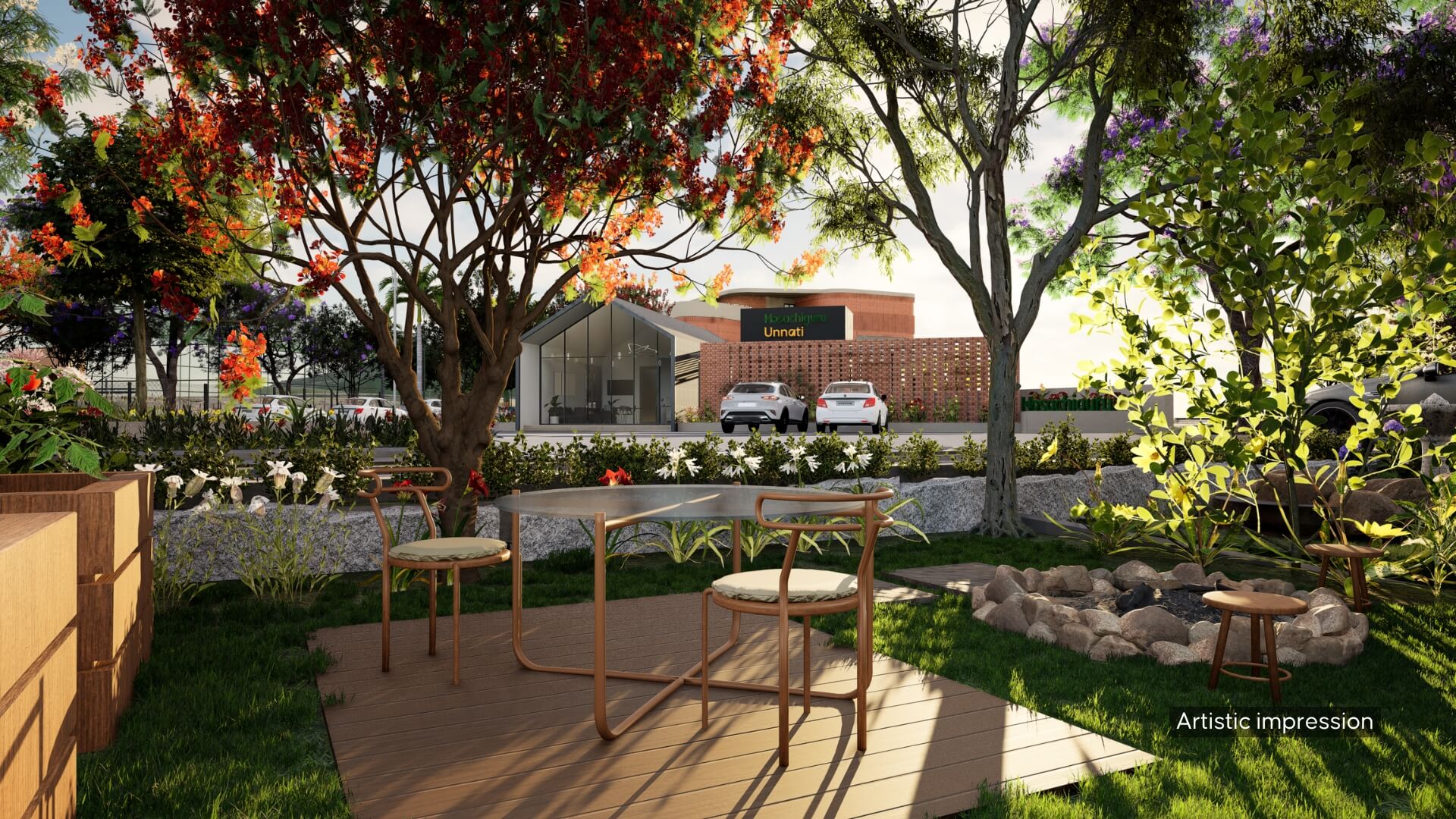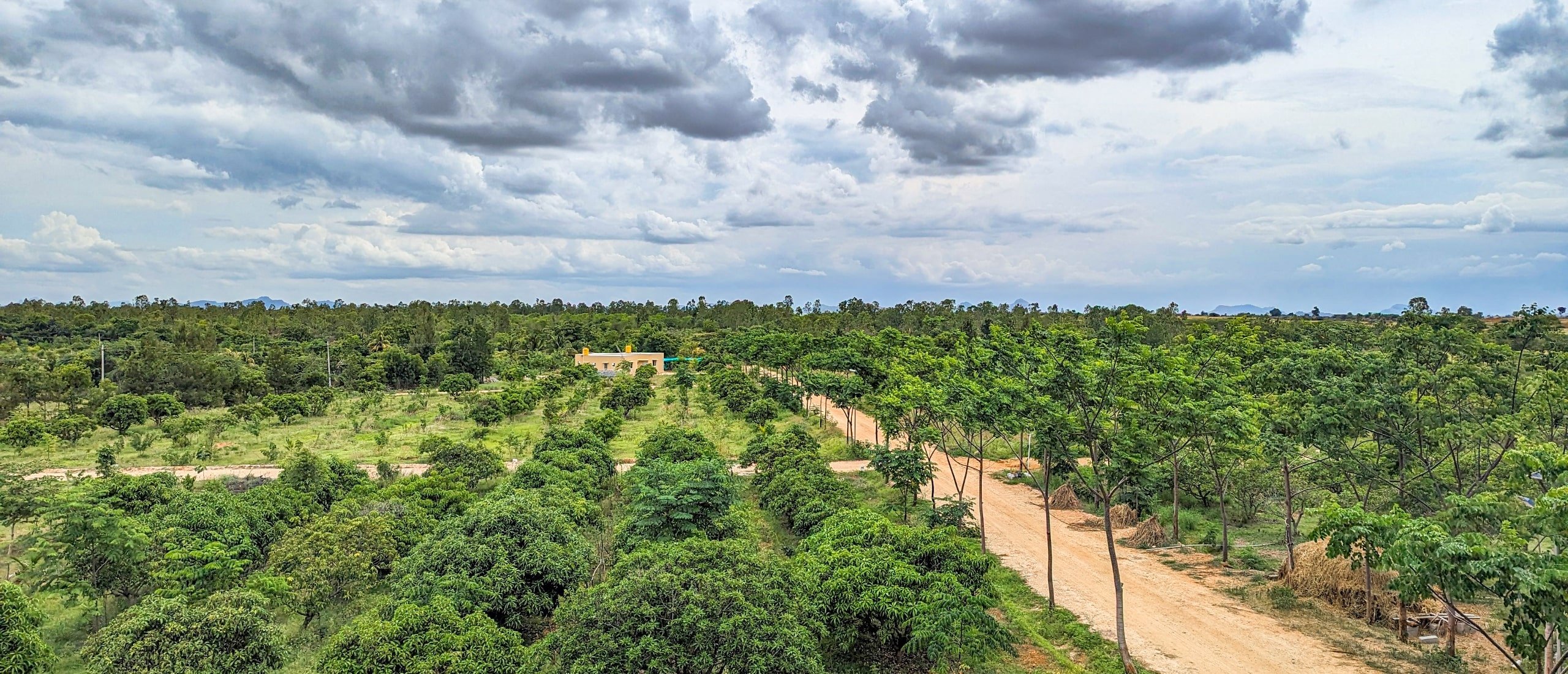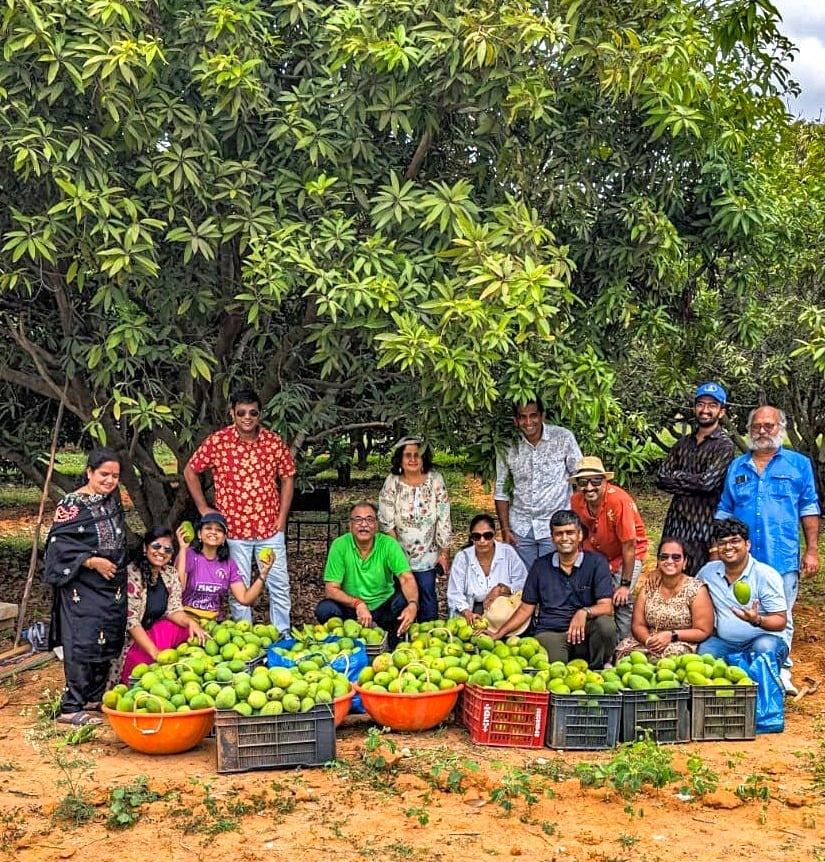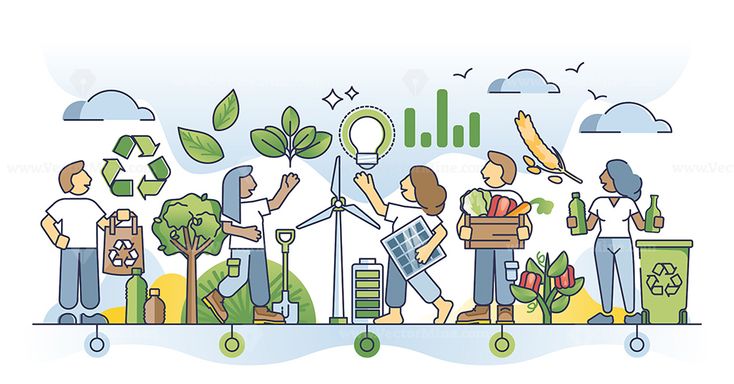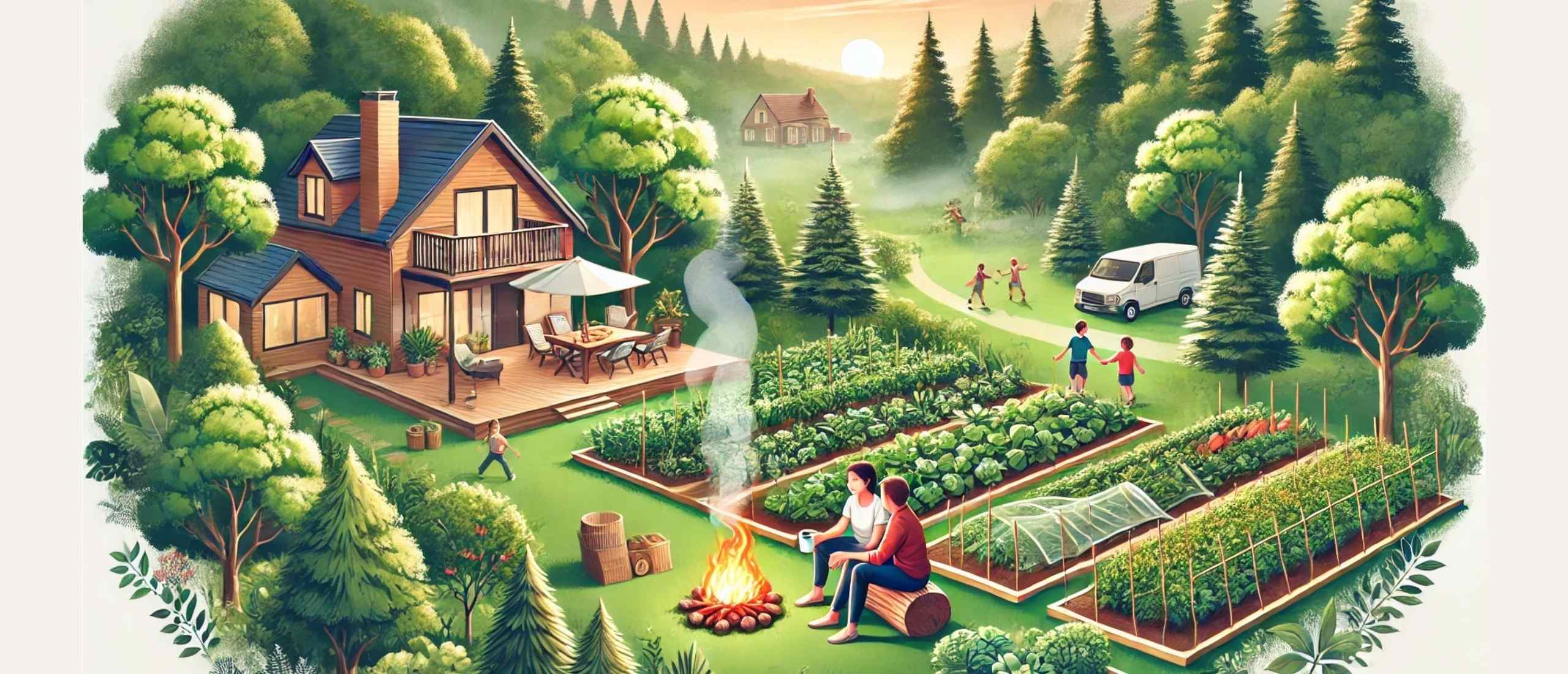April 1, 2019
In today’s fast-paced world, many individuals seek to reconnect with nature and gain a better understanding of where their food comes from. This growing trend has given rise to the Farm-to-Fork movement, which acts as a powerful bridge between consumers and the agricultural landscape. By promoting managed farmland and facilitating direct relationships between producers and consumers, this movement offers a sustainable and transparent approach to food production.
At the heart of the Farm-to-Fork movement lies the concept of managed farmland, which plays a vital role in ensuring the freshness and quality of food while supporting local economies. By shortening the supply chain and establishing direct connections between farmers and consumers, this movement encourages community engagement, strengthens regional food systems, and promotes environmentally responsible practices.
Managed farmland is characterized by sustainable farming methods, biodiversity preservation, and land stewardship, distinguishing it from traditional industrial agriculture. These farms prioritize soil health, employ organic practices, and minimize the use of synthetic inputs. Through the nurturing of the land and the implementation of regenerative techniques, managed farmland contributes to the long-term sustainability of our ecosystems.
Furthermore, managed farmland serves as a sanctuary for diverse plant and animal species, actively fostering biodiversity and preserving natural habitats. By thoughtfully integrating crops, trees, and livestock, these farms create balanced ecosystems where wildlife can thrive. Such an approach enhances the ecological value of the land and bolsters the resilience of local ecosystems, particularly in the face of climate change and other environmental challenges.
The Farm-to-Fork movement encourages consumers to actively participate in the agricultural process, empowering them to make informed choices about their food. Whether through farm visits, participation in community-supported agriculture (CSA) programs, or shopping at farmers’ markets, individuals can establish direct connections with the land, farmers, and the food they consume. This engagement cultivates appreciation for the dedication and hard work involved in producing high-quality, sustainable food.
Moreover, the Farm-to-Fork movement promotes health and well-being alongside its environmental and community benefits. Consuming food sourced from managed farmland provides individuals with access to fresh, nutrient-rich produce, devoid of excessive chemical residues. This emphasis on wholesome, local ingredients has the potential to improve public health, reduce diet-related diseases, and enhance overall well-being.
As the Farm-to-Fork movement gains momentum, it is crucial for consumers, farmers, and policymakers to collaborate and support its growth. Advocating for policies that prioritize sustainable agriculture, investing in local food systems, and promoting education about the significance of managed farmland are vital steps towards creating a healthier, more resilient future.
If you’re interested in managed farmland near Bangalore, we at Hosachiguru have managed farmlands for sale that align with the principles of the Farm-to-Fork movement. These managed farmlands near Bangalore offer you the opportunity to connect with nature, support sustainable agriculture, and enjoy the benefits of fresh, locally sourced food.























